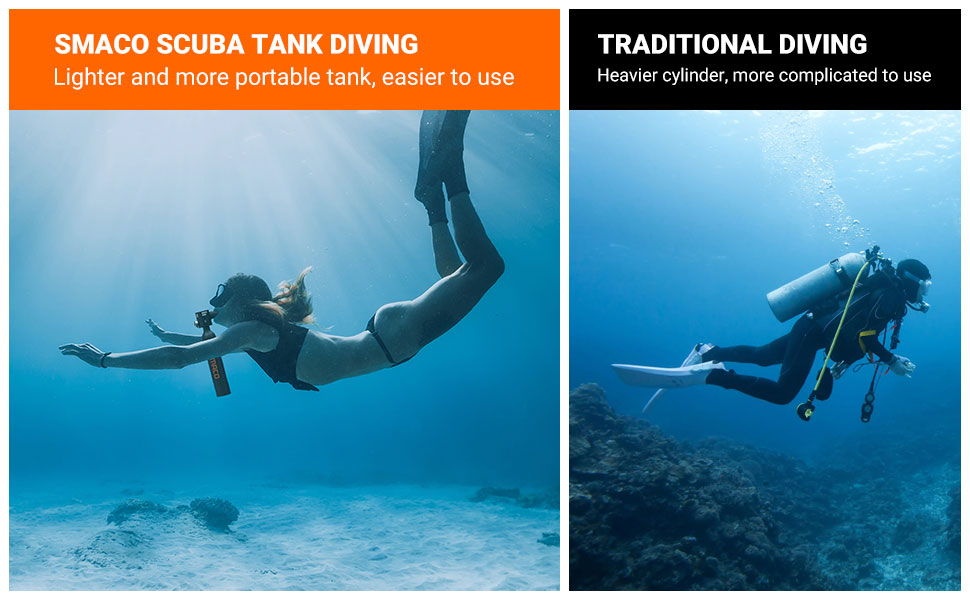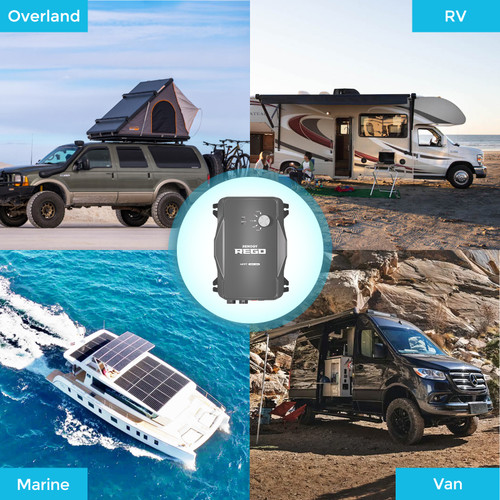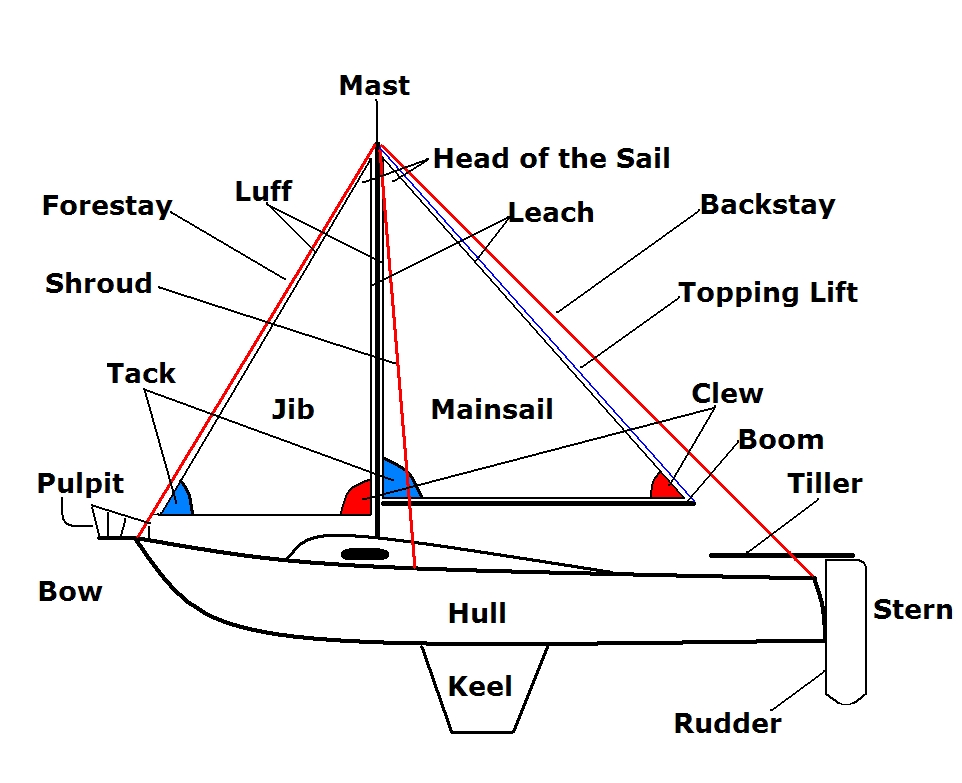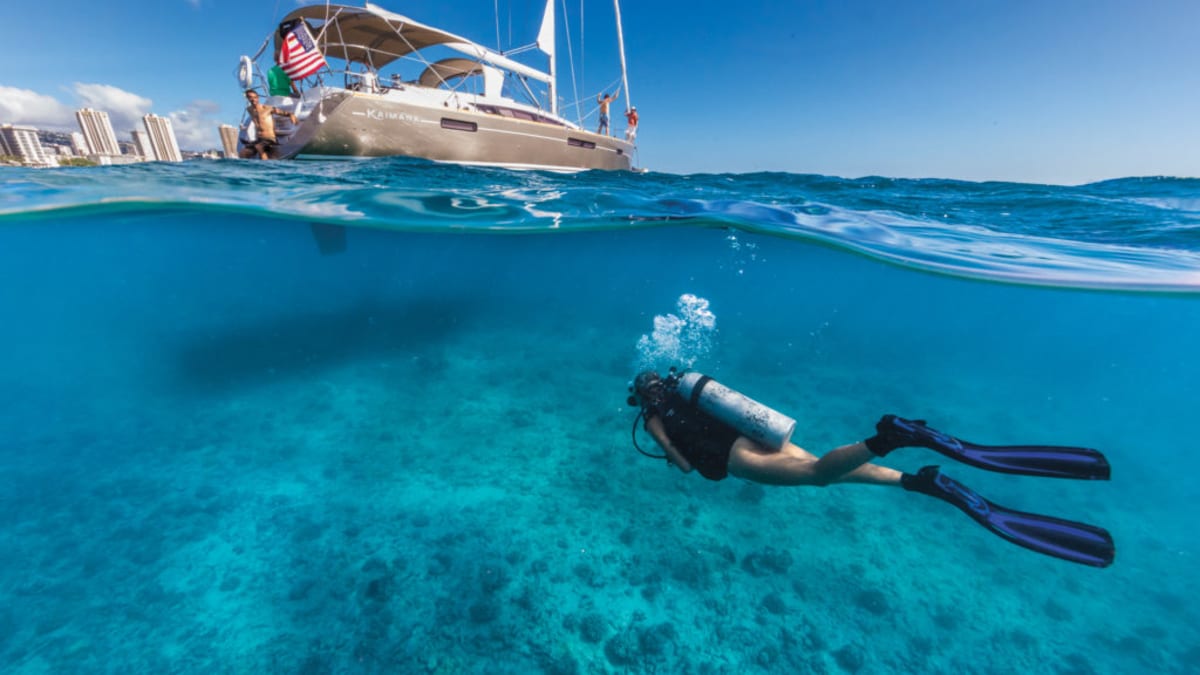As sailors, we often find ourselves drawn to the mysteries and wonders beneath the waves. Whether you’re a seasoned diver or considering your first underwater adventure, understanding the intricacies of diving equipment is crucial. This comprehensive guide delves into the various components of a diving kit, helping you make informed choices for your underwater explorations.
The Anatomy of a Diving Kit
A diver’s kit is a complex assembly of gear, each component playing a vital role in ensuring a safe and enjoyable dive. Here’s a closer look at what constitutes a complete diving kit:
1. Thermal Protection: Wetsuits and Drysuits
- Wetsuits: Ideal for warmer waters, wetsuits provide insulation while allowing a range of motion. They come in varying thicknesses, tailored to different water temperatures.
- Drysuits: Used in colder waters, drysuits seal out water entirely, offering superior thermal protection. They require additional buoyancy control but keep you warm and dry.
2. Fins and Masks: Tools for Mobility and Vision
- Fins: Essential for efficient underwater movement. Options include full-foot fins for warm water and open-heel fins, often worn with booties, for colder conditions.
- Masks and Snorkels: Masks should offer a comfortable, leak-free fit, with a snorkel as a useful add-on for surface swimming.
3. Breathing Apparatus: Tanks and Regulators
- Scuba Tanks: The size and material (aluminum or steel) of the tank vary based on the dive’s duration and depth.
- Regulators: These are crucial for delivering air at a manageable pressure. They come with a primary and secondary mouthpiece, and a pressure gauge or dive computer for monitoring air supply.
4. Buoyancy and Weight Systems: BCD and Weights
- BCD (Buoyancy Control Device): This vest-like device allows divers to fine-tune their buoyancy underwater. It’s essential for maintaining desired depths and conserving energy.
- Weight Systems: Counterbalance the buoyancy of other gear and your body. Integrated weight systems in BCDs are popular for their convenience.
5. Safety and Navigation: Computers and Tools
- Dive Computers: These track your depth, time, and decompression status, essential for safe diving practices.
- Dive Knives and SMBs: A knife can be a vital tool in emergencies, and a Surface Marker Buoy (SMB) is crucial for indicating your position to boats overhead.
6. Additional Accessories: Lights and Cameras
- Underwater Lights: Enhance visibility in murky waters or during night dives.
- Cameras: For those interested in underwater photography, a range of cameras and housings are available.
The Emergence of the Mini Tank
The mini tank is an innovative addition to diving gear, offering portability and convenience for specific diving scenarios.
Mini Tank vs. Traditional Scuba Tank: A Detailed Comparison
- Capacity and Use: Mini tanks typically hold 0.5 to 2 liters of air, suited for short, shallow dives or as a secondary air source. Traditional tanks, with capacities of 10 to 15 liters, are designed for a wide range of diving activities.
- Price and Accessibility: Mini tanks are generally more affordable and easier to handle, making them a popular choice for casual divers. Traditional tanks, though costlier, are necessary for longer and deeper dives.
- Safety and Functionality: Mini tanks are suitable for emergencies or shallow explorations, while traditional tanks are indispensable for comprehensive diving experiences, offering greater air supply and versatility.
Selecting Your Diving Gear
When choosing diving equipment, consider the nature of your dives, the conditions you’ll encounter, and your comfort and safety. For those new to diving, basic gear paired with a traditional tank is a good starting point. Experienced divers might appreciate the convenience of a mini tank for certain situations.
Final Considerations
A diver’s kit is more than just equipment; it’s a set of tools that enable the exploration of the underwater world. It’s important to prioritize safety, comfort, and suitability to your diving style when selecting your gear. Remember, each dive is a unique journey into the depths, and the right equipment is key to a successful and enjoyable experience.



